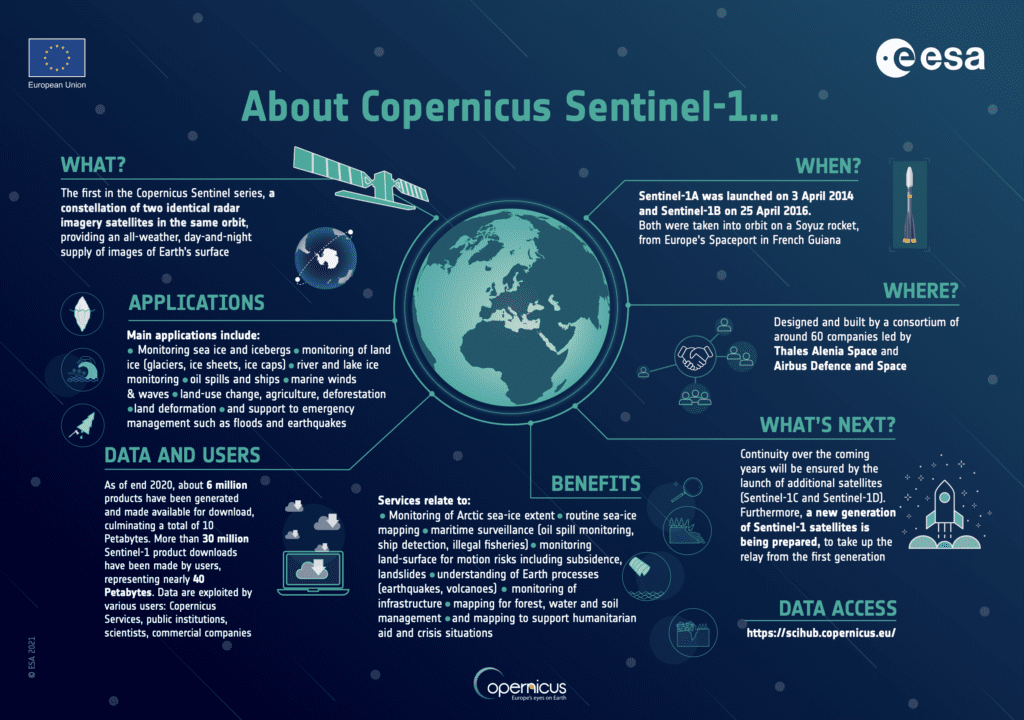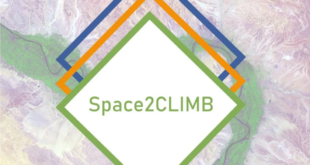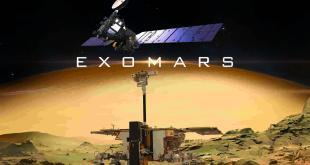
Edinburgh, 28 September 2022. – As part of the European Space Agency’s (ESA) Earth observation FutureEO programme, the agency selected Harmony as the tenth Earth Explorer research mission to help better understand the transport and exchanges of energy and matter within Earth’s complex dynamic system, ESA said.
The Earth Explorer research missions advance science and technology, address climate change and societal issues.
The Harmony mission will comprise two identical Earth observation satellites accompanied by a Copernicus Sentinel-1 satellite. The Harmony spacecraft will feature receive-only synthetic aperture radars and multiview thermal-infrared instruments. The high-resolution system will carry out motion observation at or near our planet’s surface.
Harmony will quantify the processes governing the heat, momentum and moisture exchange between the ocean surface and the air. This, in turn, will help with climate change mitigation processes. In addition, the satellite duo will also study deformation and flow dynamics of ice-sheet edges and the motion of mountain glaciers. Harmony will measure small land surface shifts related to earthquakes and volcanic activity as well.
ESA expects the new technology to enhance the capabilities of the Copernicus Sentinel-1 Next Generation mission. The Harmony satellites are planned to be launched in 2029.





